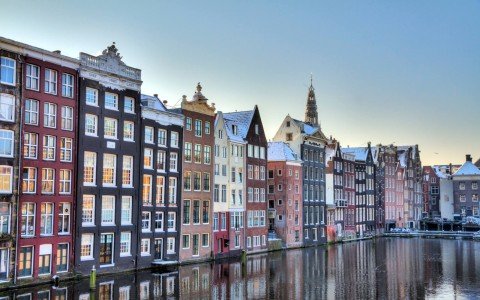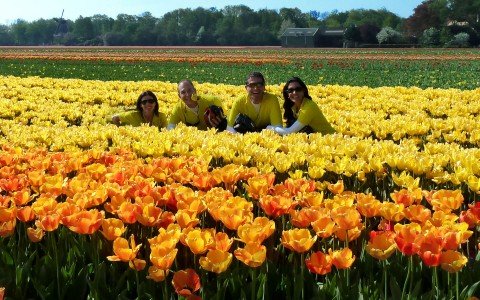In Deep:
The Hague
With its broad streets, impressive architecture, and chic restaurants and shops, the city of Den Haag, better known to English speakers as The Hague, has the cosmopolitan atmosphere one would expect from a town that was once the political and administrative centre of an empire.
The Hague: An Open Village

In the 13th century, the count of Holland constructed a castle in the centre of The Hague, calling it Het Binnenhof. As The Hague never officially received city rights, it could not build city walls, leaving it an open village protected only by a 17thC moat. As a result, there were no limits to growth. This explains the city’s sprawling size, as well as its significant amount of green space—two characteristics that make The Hague unique among older Dutch cities.
Today the Hague is known as the seat of government in the Netherlands, and remains the official residence of the King.
See For Yourself
Holland in the spring: the tulips of Keukenhof Gardens bombard the eyes and nose, while The Hague hums with café traffic. Our Holland Biking trip offers a masterpiece for every sense.
DETAILED ITINERARYThe Vredespaleis (Peace Palace)
 The Vredespaleis, or Peace Palace, is one of The Hague’s most photographed landmarks. Housing a number of international judicial institutions, the Peace Palace is home to the International Court of Justice (the principal judicial body of the United Nations).
The Vredespaleis, or Peace Palace, is one of The Hague’s most photographed landmarks. Housing a number of international judicial institutions, the Peace Palace is home to the International Court of Justice (the principal judicial body of the United Nations).
At the Den Haag Peace Conference of 1899, a Permanent Court of Arbitration with global jurisdiction was established. Four years later, Andrew Carnegie donated $1.5 million to build appropriate housing for the court, which became the Peace Palace.
Designed by L.M. Cordonnier, a French architect whose design won a prestigious international competition, the Peace Palace was built between 1907 and 1913 near a new town extension, on the grounds of the Sorghvliet estate. Cordonnier also designed several important neo-Flemish Renaissance buildings in his native Flanders—among them, Lille’s opera house and the commodities exchange—which share similar architecture to the Peace Palace.
MORE FROM Europe + Holland

Meet Henrie and Anton, Sustainable Tulip Farmers of the Netherlands
Holland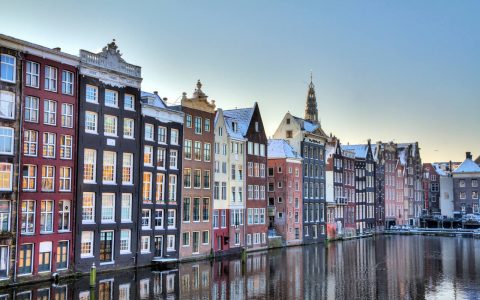
17 Best Museums in Amsterdam
Holland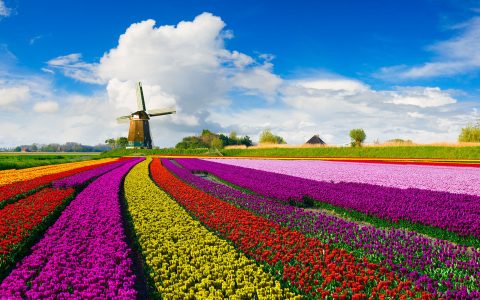
Reading for the Road: A Few of Our Favourite Books About Holland
Holland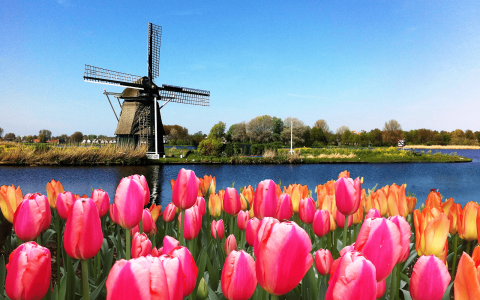
The Best Time to Visit the Netherlands
Holland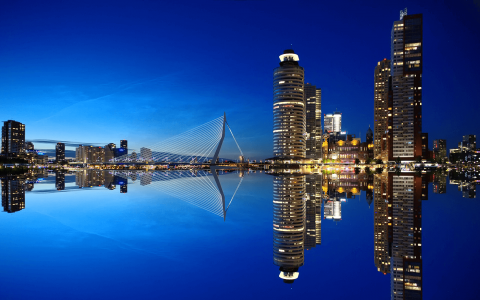
The Futuristic City You Need to Visit Now
Holland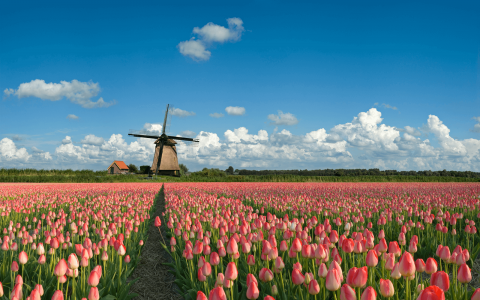
10 of Our Favourite Netherlands Destinations
Holland
In Deep: A (Brief) History of Zeeland
Holland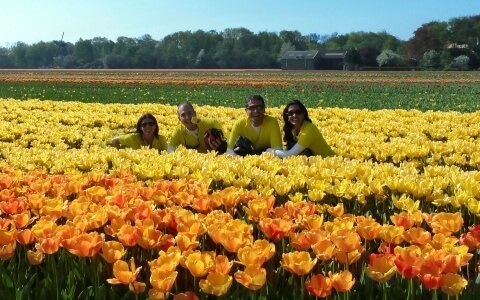
Today’s Travel News and Tips
Holland
Insider’s Guide: 18 Other Things To Do in Amsterdam
Holland
A History of Hospitality: Hotel Des Indes
Holland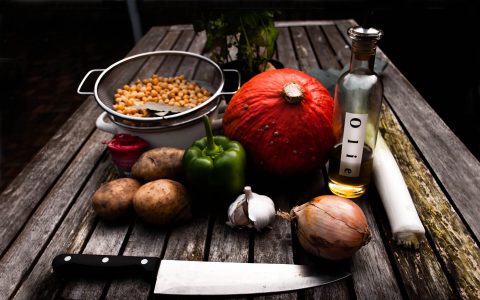
Dutch Cuisine: Europe’s Best Kept Secret?
Holland